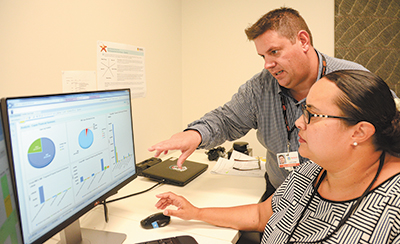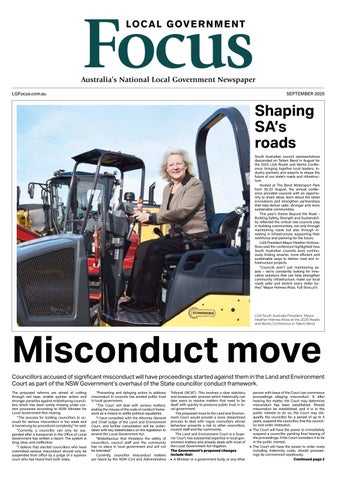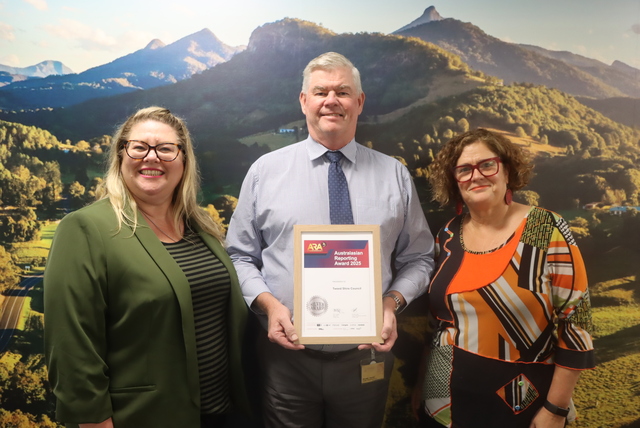Redland City Council has introduced data warehousing, an initiative that was seen to be essential for improving performance, through better and more intelligent business decisions.
Redland City Council’s Chief Information Officer, Glynn Henderson said data warehousing is about building business intelligence capability and consolidating the available data within the organization.
“Data-rich systems such as finance, payroll, asset management, customer services systems, property and rates and projects have limited reporting and analysis on their own.
“A data warehouse that draws this data, into one single-point of truth enables Council to become information-centric in its strategic deliberations.”
The move to data warehousing began over five years ago and has involved several stages.
“The first stage involved working out what we had by way of data management systems and mapping the business uses.
“Secondly we looked at implementing an Enterprise Document and Records Management System to ensure unstructured data was also captured within our data systems.
“Two years ago we delivered stage three which involved implementation of the business intelligence capability which is about open data, or the ability to share data across the organization.”
Some key areas within Redland City Council that have benefited include the Project Management Office, Strategy and Performance and Community and Customer Services.
Portfolio Director of the Project Management Office, Liz Connolly said, “the use of business intelligence tools provides us with a single point of reference of all data, increasing the visibility of project and program management performance, and enabling informed decision making.”
Principal Adviser, Strategy and Performance, Crystal Burrows said,
“The data warehouse has enabled better management of corporate performance through real-time access to performance data. The consolidation of data also provides more meaningful insights and allows us to take a holistic approach to performance management to maximise the delivery of value to the community.”
Mr Henderson said it was a dynamic process and was critical in giving visibility of the data via a dashboard to areas within Council, essential for effective strategic business decision-making.








